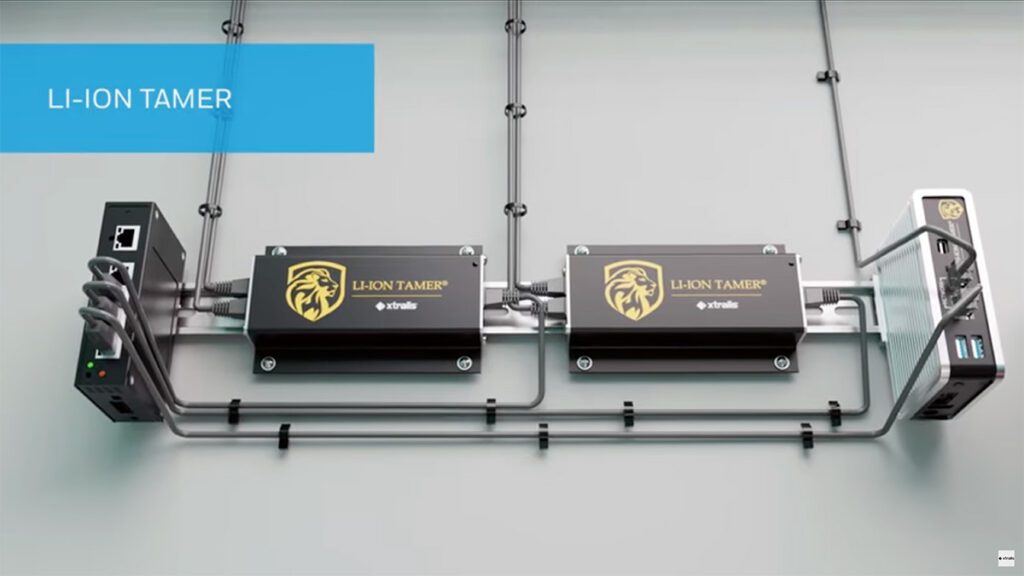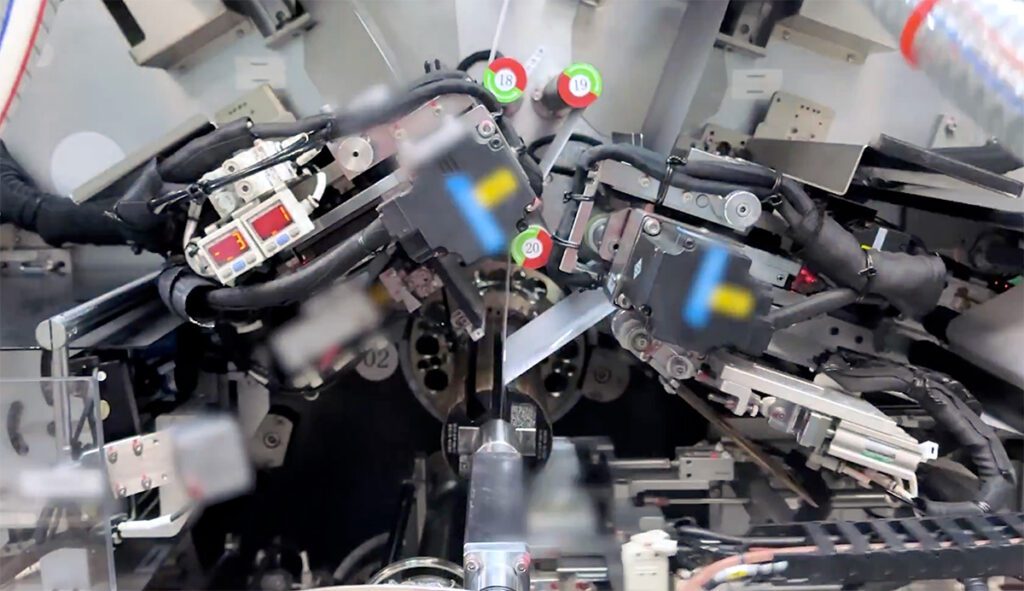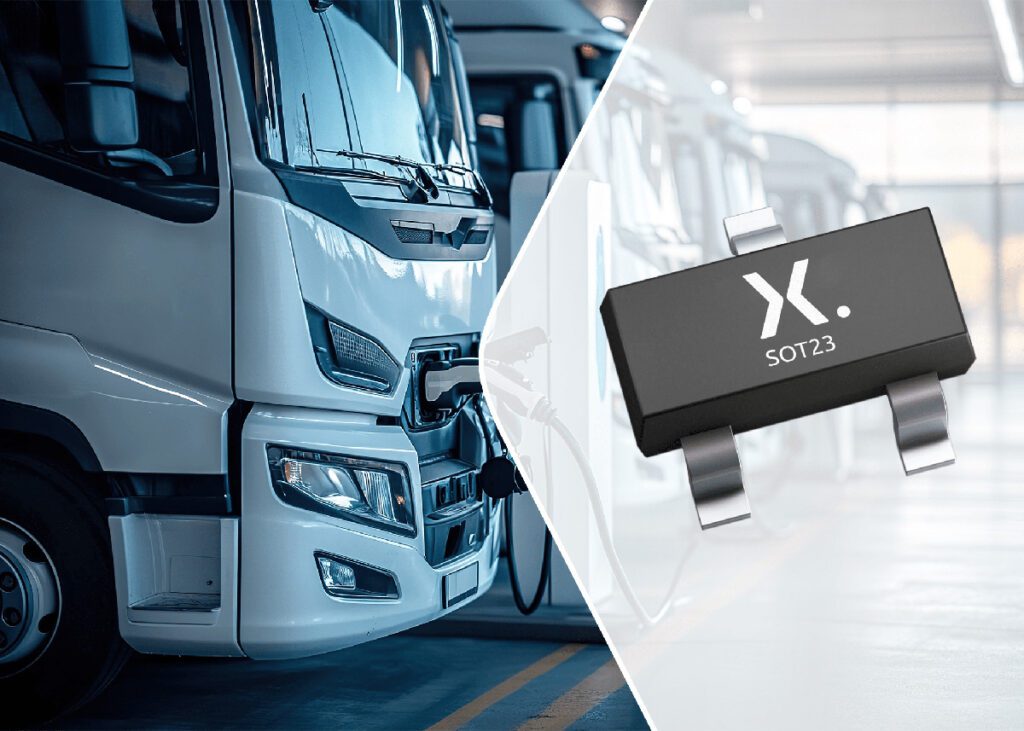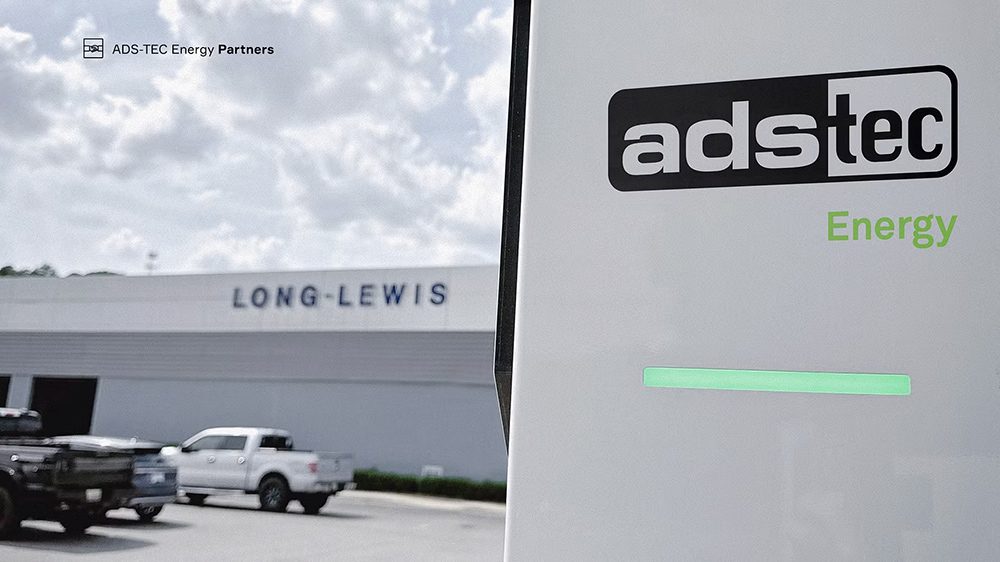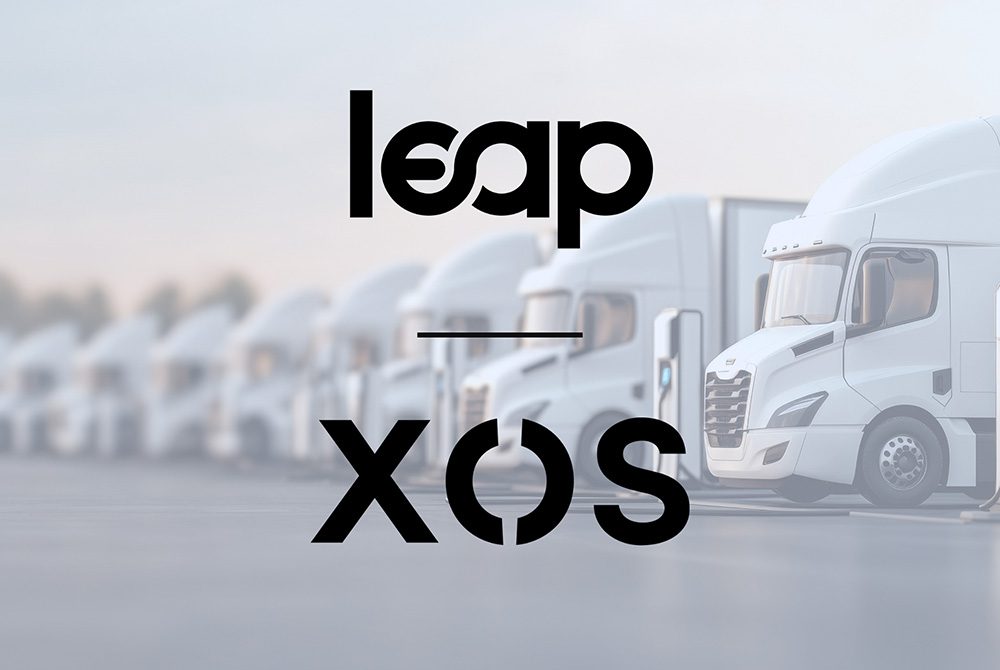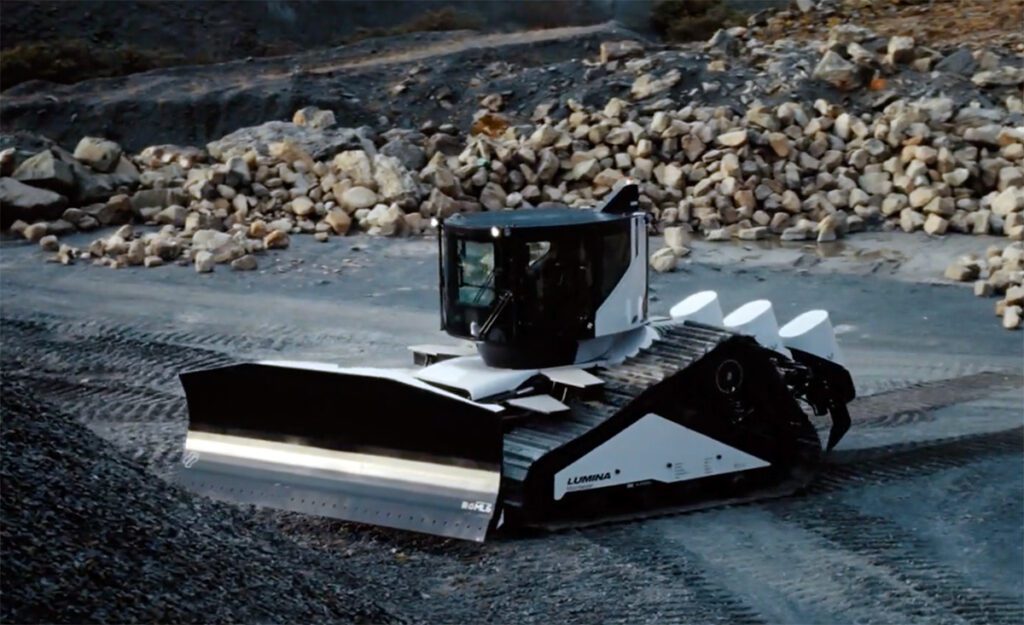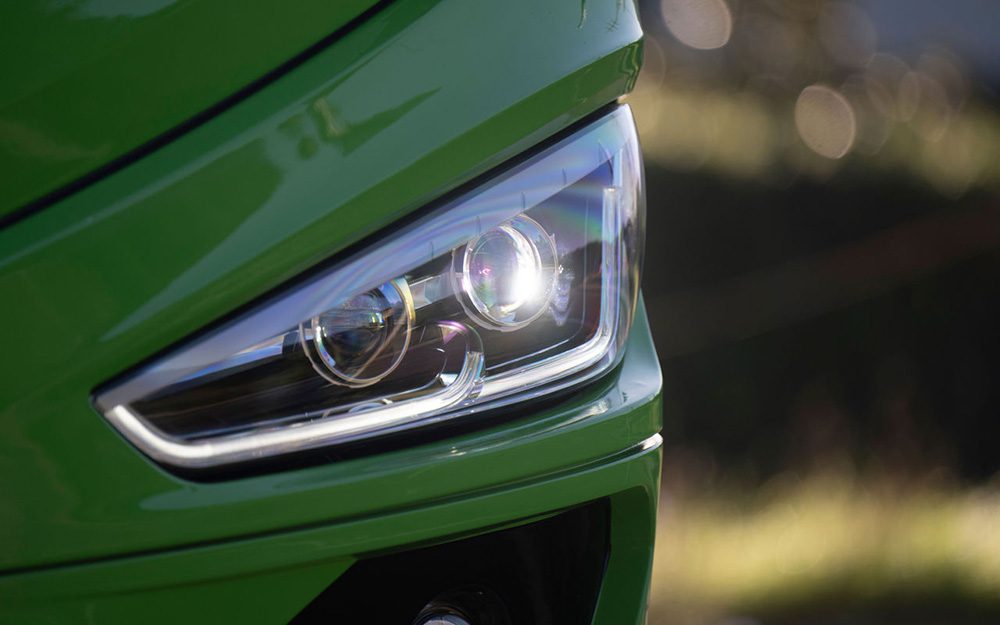As the US federal government abandons support for green technology, states are taking matters into their own hands. California Governor Edmund Brown recently traveled to China to sign an agreement to deepen cooperation on the development of green tech. The Governor met with President Xi Jinping as well as the country’s Minister of Science and Technology.
The new agreement, which builds on two pacts that Brown signed earlier with Sichuan and Jiangsu provinces, expands cooperation on such technologies as zero-emission vehicles, renewable energy, energy storage, grid modernization and low-carbon urban development.
Governor Brown and California Air Resources Board Chair Mary Nichols also met with execs from Chinese automakers and battery manufacturers, and agreed to establish a new working group through the China-US ZEV Policy Lab at UC Davis to expand cooperation.

California and China are arguably the two global leaders in the development of the new energy economy. Both have serious air pollution issues, and both have set ambitious goals to deploy more zero-emission vehicles. Governor Brown has set a goal of putting 1.5 million ZEVs on the roads by 2025 and 4-5 million by 2030. China’s national “road map” calls for ZEVs to account for 20% of total vehicle sales by 2025, or about 7 million vehicles a year.
China is expected to announce a ZEV credit policy this year modeled after California’s program – a result of collaborative efforts led by the China-US ZEV Policy Lab.
“In order to achieve California’s climate goals, we need more electric cars and more hydrogen fuel cell cars that are charged with renewable energy,” said Governor Brown. “We welcome any Chinese technology that will help us achieve these goals. We have a very tall hill to climb and we want to introduce clean technologies as quickly as possible. We need a great leap forward.”
Source: California Air Resources Board via Green Car Congress
Image: Nicolas Raymond/Flickr









































